Hexagon
A hexagon is a polygon with six sides and six angles. The word "hexagon" comes from the Greek word "hex" which means "six," and "gonia" which means "angle."
Properties of a Hexagon
1. Number of Sides: A hexagon has six sides.
2. Number of Angles: A hexagon has six angles.
3. Sum of Interior Angles: The sum of the interior angles of a hexagon is 720 degrees.
4. Sum of Exterior Angles: The sum of the exterior angles of a hexagon is 360 degrees.
5. Regular and Irregular Hexagons: A hexagon can be regular (all sides and angles are equal) or irregular (sides and/or angles are of different lengths/measures).
Examples of Hexagons
Examples of hexagons in real life include beehives, nuts and bolts, and some types of crystals and snowflakes.
Formulas for Area and Perimeter
1. Perimeter of a Hexagon: P = 6 * side length
2. Area of a Regular Hexagon: A = (3/2) * (side length) * (apothem length)
.◂Math Worksheets and Study Guides Second Grade. Comparing Objects
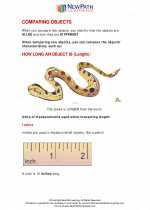
 Activity Lesson
Activity Lesson
 Activity Lesson
Activity Lesson
 Activity Lesson
Activity Lesson
 Activity Lesson
Activity Lesson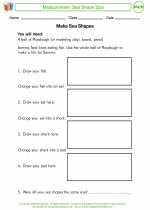
 Activity Lesson
Activity Lesson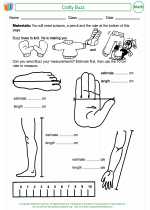
 Activity Lesson
Activity Lesson
 Worksheet/Answer key
Worksheet/Answer key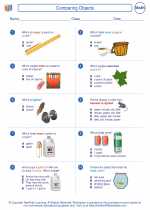
 Worksheet/Answer key
Worksheet/Answer key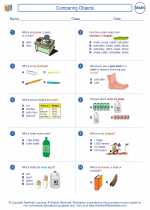
 Worksheet/Answer key
Worksheet/Answer key
 Worksheet/Answer key
Worksheet/Answer key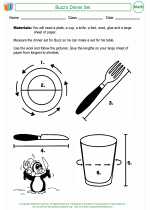
 Vocabulary/Answer key
Vocabulary/Answer key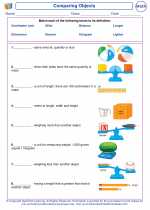
 Vocabulary/Answer key
Vocabulary/Answer key
